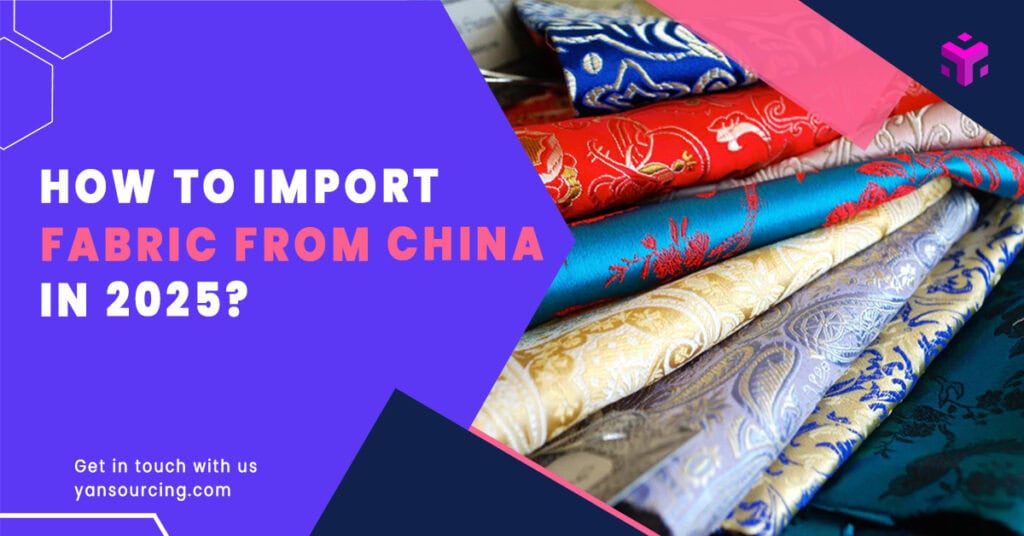
Want to import fabric from China in 2025 without stress or costly mistakes? This guide is for fashion brand owners, clothing manufacturers, and fabric resellers who want to buy quality fabric, grow profits, and simplify the import process.
To import fabric from China, start by finding reliable suppliers, checking fabric quality, and negotiating prices. Understand import regulations, plan shipping, and calculate all costs. This helps reduce risks and ensures a smooth import process.
By the end, you’ll know how to choose the right suppliers, avoid common pitfalls, and streamline your fabric import strategy—so you can stay competitive and make smarter sourcing decisions.
What You’ll Need for Sourcing Fabric
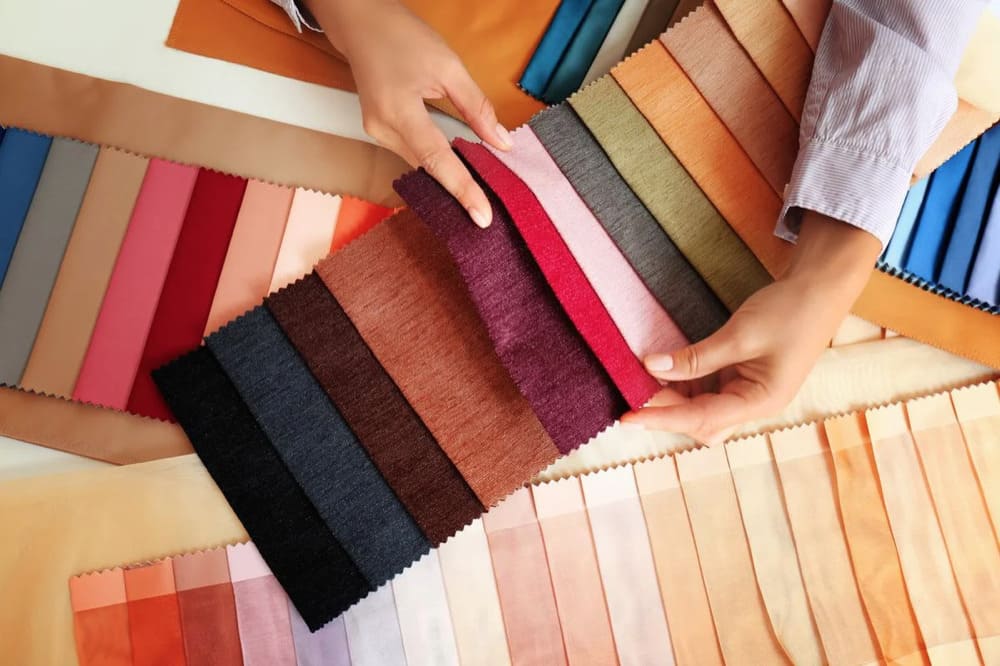
Tools and Platforms
Before you start importing fabric from China, make sure you have the right tools, accounts, and setup in place. Here’s what you’ll need:
Alibaba / Made-in-China / Global Sources: Top B2B platforms to find verified fabric suppliers.
Business email account: Use a professional email for supplier communication and quote requests.
MOQ and budget list: Know your minimum order quantity and budget to filter suppliers effectively.
Freight forwarder or shipping agent: Helps you coordinate logistics and avoid costly delays.
Import license or customs registration: Depending on your country, you may need documents to clear goods legally.
Google Sheets or Excel: Track suppliers, prices, and shipping details for easy comparison.
Translation app (like Google Translate or Waygo): Useful for understanding supplier documents or messages.
WeChat or WhatsApp: Common messaging apps used by Chinese suppliers for faster communication.
Tip: If you can’t access platforms like Alibaba in your region, try using a VPN or work with a sourcing agent likes Yansourcing as an alternative.
Yansourcing’s Role
Yansourcing helps you with every step of finding fabric makers in China. You get:
They check suppliers so you work with trusted people.
They visit factories to look at safety and quality.
They watch production and test samples for good products.
They give clear details about products and packaging.
They use global rules like ISO9000 for quality checks.
They help with shipping, customs, and tracking.
They spot fake or bad fabric early to lower risks.
They help you talk to Chinese suppliers if you need it.
They connect you to good clothing and textile factories.
With Yansourcing, you can grow your business. They take care of the hard parts of sourcing.
Find Fabric Suppliers in China
Chinese Fabric Market Overview
You want to find fabric suppliers with good prices and quality. The chinese fabric market is very big and keeps getting bigger. Many cities like Shaoxing, Guangzhou, and Dongguan have lots of fabric markets. These cities make both old and new types of fabric.
Here’s a quick look at the Top 10 Chinese Fabric Markets:
Market Name | City / Region | Highlight & Specialties |
|---|---|---|
Shaoxing Keqiao Textile Fabric Market | Shaoxing, Zhejiang | Largest in China; full supply chain from fibers to machinery |
Guangzhou International Textile & Accessories Center | Guangzhou, Guangdong | Wide range—cotton, linen, silk, denim, trims, accessories |
Zhongda Fabric Market | Guangzhou, Guangdong | ~23,000 wholesalers across 59 sub‑markets with fabrics & ready‑to‑wear |
Dongguan Humen Fabric & Accessory Market | Dongguan, Guangdong | Clothing fabrics, curtain cloth, grey cloth plus accessories |
Haining China Home Textile City | Haining, Zhejiang | Home décor fabrics, jacquard, curtain/hotel textiles hub |
Jiaxing China Southern Textile City | Jiaxing, Zhejiang | 588 shops—chemical fibers, clothing fabrics, silk |
Dieshiqiao International Home Textile City | Nantong, Jiangsu | Large bedding & home textile center (50% national share) |
China Oriental Silk Market | Shengze, Jiangsu | Silk powerhouse—large varieties, strong export focus |
Shanghai Light Textile Market | Shanghai, Shanghai | International wholesale hub for light fabrics, garments |
Shishi Clothing City | Shishi, Fujian | Integrated supply chain—from raw materials to garment production |
Tip: These markets represent China’s most influential fabric sourcing centers, spanning mass production, specialty fabrics, and home textiles.
Supplier Vetting
You need fabric suppliers you can trust. First, write down what you want, like fabric type, color, and weight. Also, list any certifications you need. Look for suppliers with a good name and lots of experience.
Check these things before you choose a supplier:
Factory photos or audit reports
Clear communication and fast replies
Real business addresses
Fair prices (not too low)
Yansourcing helps by checking each supplier’s background. They go to factories and look at papers. You get a full report so you know your supplier is safe. This step keeps your business safe from scams.
Import Fabric from China: Step-by-Step
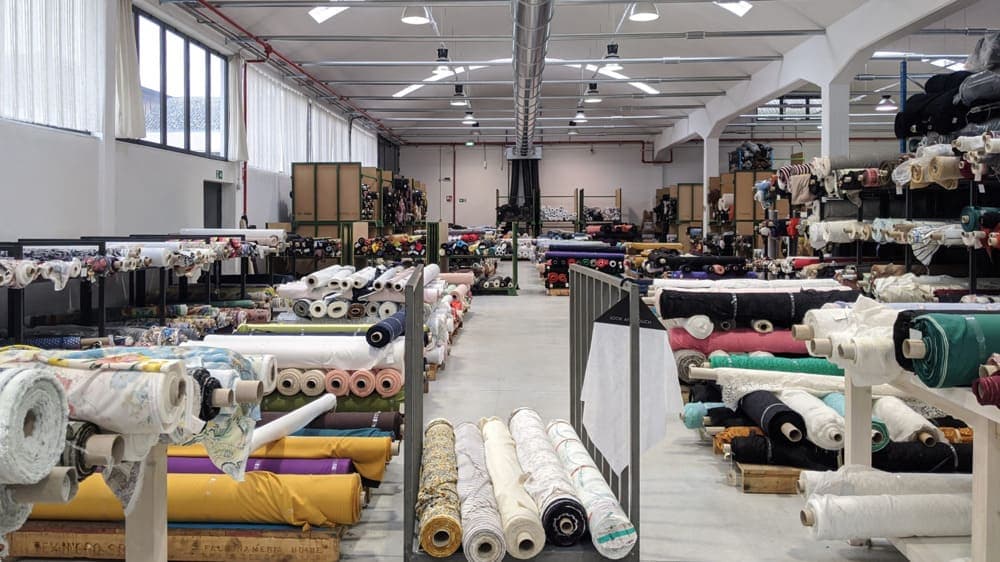
Importing fabric from China may seem complex, but you can break it into manageable steps. With the right plan, you’ll be able to find reliable suppliers, negotiate deals, ensure compliance, ship goods safely, and calculate your costs for better profits. Here’s how to do it step by step:
1. Negotiate with Suppliers
You want the best deal when you import fabric from China. Start by negotiating with suppliers early. Most of the negotiation happens before you even sit down to talk. You should:
Set your goals for price, quality, and order size.
Find out who makes decisions at the supplier’s company.
Look for extra value, like free samples or better payment terms.
Plan your steps backward. Think about the final agreement you want, then work back to what you need to ask now.
When negotiating with suppliers, always ask about minimum order quantity (MOQ), payment terms, and lead times. Yansourcing can help you talk to suppliers, compare offers, and avoid misunderstandings. They make sure you get what you want before you place your order.
Tip: Never rush this step. Good negotiation saves you money and helps you build strong relationships for future orders.
2. Check Fabric Quality
Before you place a bulk order, verifying the fabric quality is essential. This ensures you get what you paid for and helps avoid costly returns or unsellable inventory. Here’s how to do it right:
Ask for small fabric samples (usually 1–3 meters) to test feel, weight, and color in person.
Check for softness, stretch, weave density, drape, wrinkle resistance, colorfastness, and breathability based on your intended product use.
Wash samples under typical conditions and observe for shrinking, color bleeding, or fading.
Request data sheets from the supplier that include GSM (grams per square meter), fiber composition, and care instructions.
For performance fabrics, children’s clothing, or compliance-heavy regions, test samples through labs like SGS, Intertek, or Bureau Veritas.
Confirm the material source (e.g., 100% cotton, OEKO-TEX certified) and ask if the supplier can guarantee consistency across lots.
Always get samples approved and signed off before confirming a mass production order. Yansourcing offers on-site factory inspections and fabric testing to confirm that what you see is what you’ll receive in bulk.
3. Ensure Compliance with Import Rules
You must follow all import regulations when you import textile from China. If you skip this step, you risk delays, fines, or even losing your shipment. Here are the main things to check:
Use the correct HS code for your fabric. This code tells customs what you are importing and what duties you must pay.
Make sure your fabric meets safety rules. For the US, you need to follow CPSC flammability standards, especially for children’s clothes. The CPSIA bans harmful dyes and requires colorfastness testing.
Label your fabric with fiber content, care instructions, country of origin, and size. The FTC checks these labels.
Some fabrics have extra tariffs, like Section 301 tariffs. Always check the latest rates.
If you are importing clothing from China, check for any import quotas or special rules for children’s items.
Yansourcing helps you with all compliance steps. They check your documents, test your samples, and make sure your shipment meets every rule. This keeps your business safe and your goods moving.
4. Plan Your Shipping
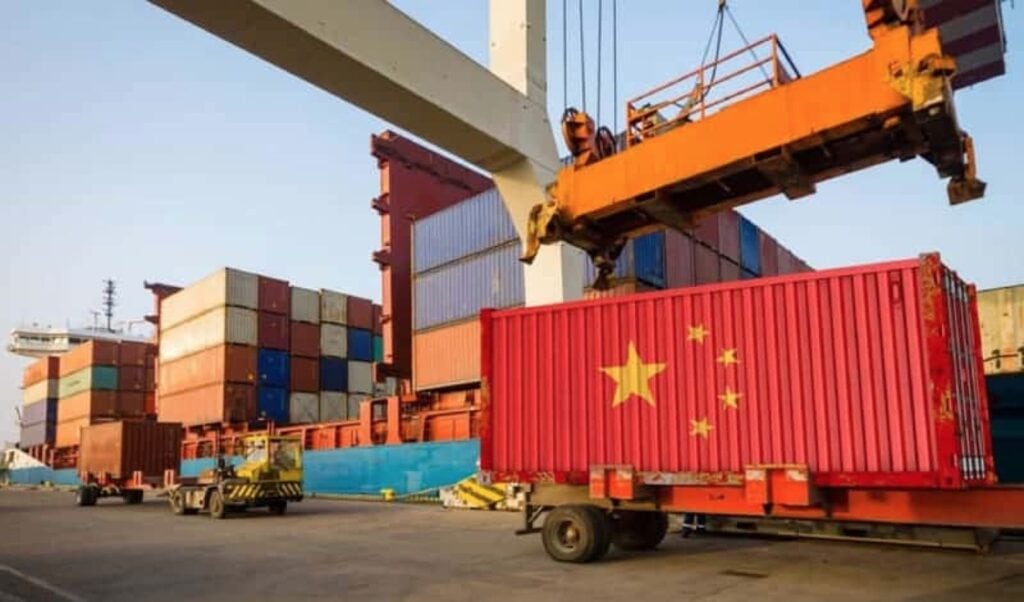
You need to choose the best way to ship your fabric. Air freight is fast but costs more. Sea freight is cheaper but takes longer. You also need to work with customs brokers to clear your goods.
Chinese ports have become very efficient. Smart ports and better infrastructure help your shipments move faster. Good logistics can lower your costs and help you deliver on time.
Yansourcing handles shipping, customs, and tracking for you. They help you pick the right shipping method and make sure your goods arrive safely. They also offer cargo insurance to protect your order.
Tip: Always plan for possible delays. Have backup suppliers or extra stock if you need to buy textile from China quickly.
5. Calculate the Total Cost
You want to know the real cost before you import fabric from China. Many things affect your total cost:
Fabric price per meter or yard
Shipping costs (air or sea)
Import duties and tariffs
Customs fees and taxes
Packaging and labeling costs
Insurance and risk fees
Overhead, like storage or handling
Here’s a simple formula you can use:
Landed Cost = Product Cost + Shipping + Customs + Risk + Overhead
For example, if you order 200 units, you must add up the fabric price, shipping, duty charges, and any surprise customs fees. This gives you the true cost per unit. Always include every fee so you do not lose money.
Yansourcing helps you calculate all costs before you order. They give you clear quotes and help you plan your budget. This way, you can price your products right and make a profit when importing fabric from China.
6. Final Inspection and Stock Management
Once your fabric shipment arrives, a thorough final inspection protects your business from surprises and sets you up for smooth selling. Here’s what to check:
Verify that the number of rolls, yards, or meters received matches the packing list and purchase order.
Look for stains, tears, moisture damage, or improper packaging that may have occurred during shipping.
Test a few pieces from different batches for consistency in color, texture, and feel to ensure uniform quality.
Record each batch into your system using tools like Google Sheets, QuickBooks, or inventory software to track stock and costs.
Report defects or discrepancies to your supplier or sourcing agent (like Yansourcing) quickly—ideally within 3–5 days of delivery.
Tip: Add a barcode or QR system to rolls or shelves if you manage large or diverse inventory—this speeds up fulfillment and reduces errors.
Common Mistakes in Sourcing Fabrics
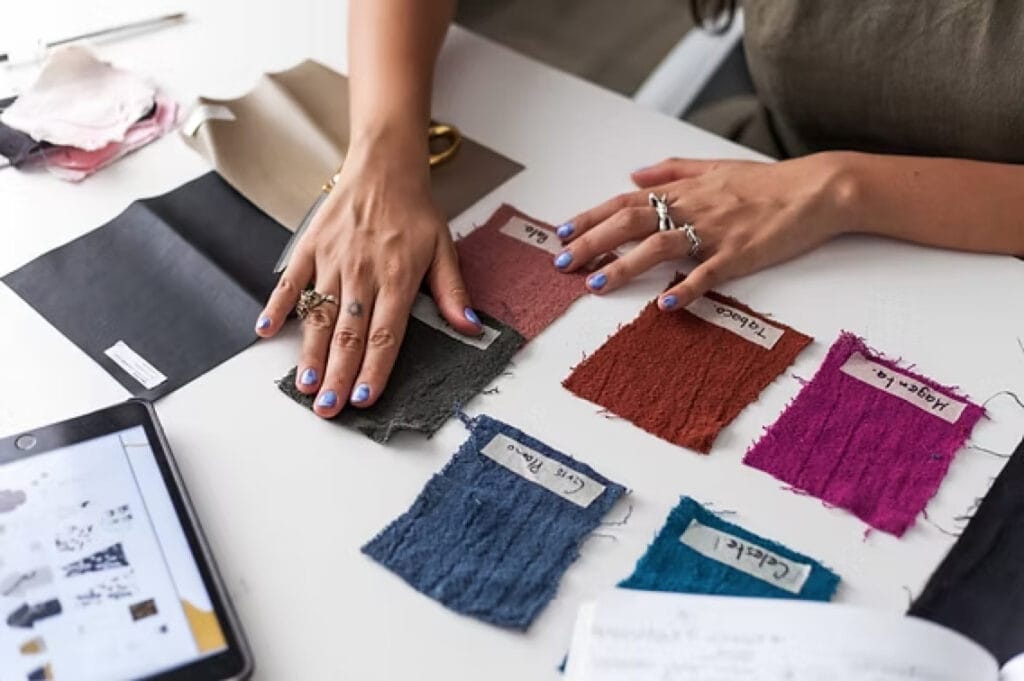
When you buy fabric for your clothing business, you want to avoid mistakes. These mistakes can waste your time and money. Here are some things you should watch out for:
Supplier Risks
Picking the wrong supplier can cause big trouble. Some suppliers might send your fabric late or send the wrong kind. Reports say supplier risks include losing control, money changes, and hard trade rules. If you only use one supplier, you could have delays or stop making clothes if something goes wrong.
Good relationships with trusted suppliers help keep your fabric coming. Yansourcing checks all suppliers, visits factories, and helps you handle these risks. This lets you focus on growing your brand.
Quality Issues
If you skip checking quality, you might get bad fabric. The fabric could feel rough, fade, or tear. This can hurt your brand’s name. You want good fabric so your customers are happy.
Always ask for samples and test them before buying a lot. Yansourcing checks fabric, tests samples, and makes sure you get the right material.
Compliance Errors
Missing rules can mean fines or delays. Fashion has strict rules about chemicals, worker safety, and labels. If you ignore these, your fabric could get stuck or banned at customs. Common mistakes are:
Not following rules about chemicals and waste.
Ignoring worker safety laws.
Using wrong labels or missing country names.
Not paying the right customs fees.
Yansourcing helps you follow every rule, checks your papers, and keeps your business safe from legal trouble.
Cost Overruns
Many people forget to count all costs. Shipping, customs, storage, and surprise fees add up fast. If you do not plan, you could lose money on your orders. Yansourcing gives you clear cost lists so you can price your clothes right and keep your profits.
Tip: Work with experts like Yansourcing to avoid these mistakes. You get better fabric, fewer problems, and more time to grow your business.
Conclusion
You have learned how to import fabric from China in easy steps. Yansourcing helps make everything simple and safe for you. Their team checks each supplier and handles all the paperwork. They fix problems quickly so you do not worry. You can save money and avoid waiting for your fabric.
Yansourcing Service | How It Helps You Import Fabric |
|---|---|
Stops scams and finds real partners | |
Compliance Support | Keeps your imports legal and safe |
Logistics Coordination | Gets your fabric delivered on time |
Risk Management | Spots problems early and protects you |
Do you want to make your business bigger? Go to Yansourcing’s website to get expert help and find more tips.
FAQ
1. How long does it take to import fabric from China?
Shipping by sea usually takes 3–6 weeks. Air freight is faster, often 5–10 days. Customs and supplier processing can add extra days. Yansourcing helps you track every step so you know when your fabric will arrive.
2. Can I order small quantities of fabric?
Yes, you can order small amounts. Many suppliers offer low minimum order quantities (MOQs). Yansourcing helps you find suppliers who accept small orders, so you can test fabric before buying more.
3. What if I receive poor-quality fabric?
If you get fabric that does not meet your standards, contact your supplier right away. Yansourcing checks quality before shipping and helps you solve any problems quickly. You stay protected from costly mistakes.
4. Do I need a business license to import fabric?
Most countries require a business license or importer number. Check your local rules before you order. Yansourcing can guide you on what documents you need for smooth importing.

